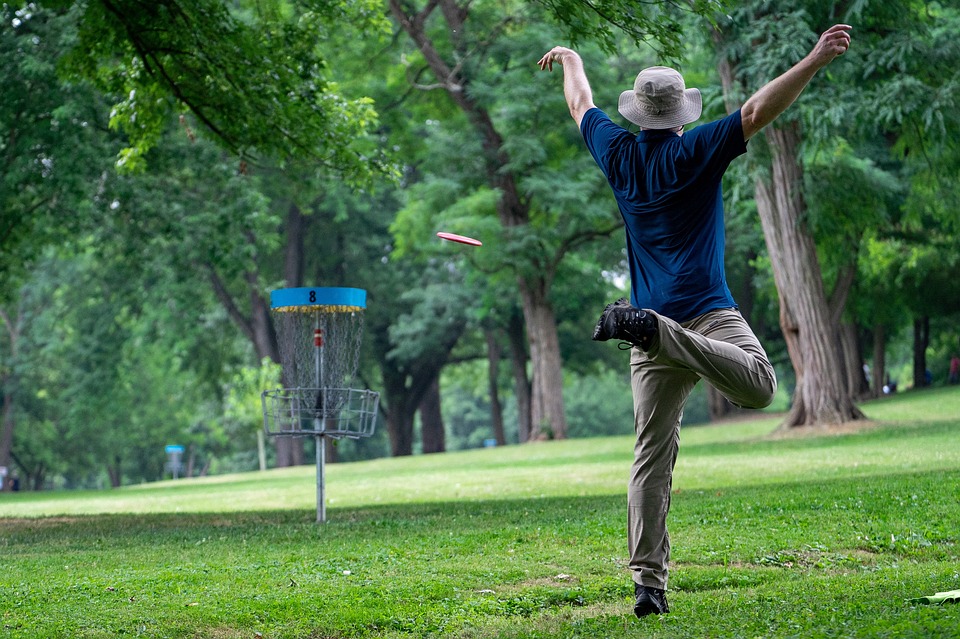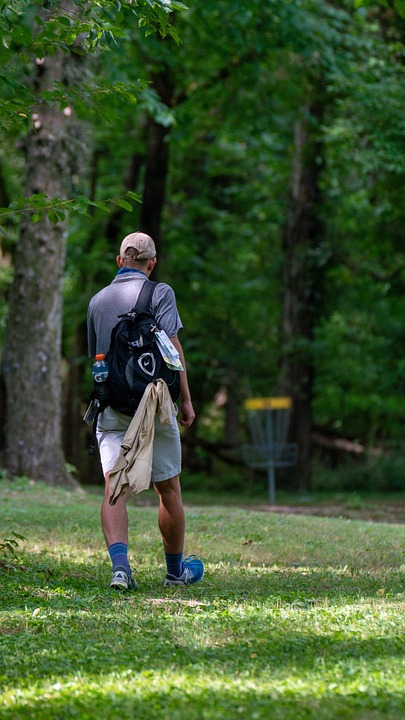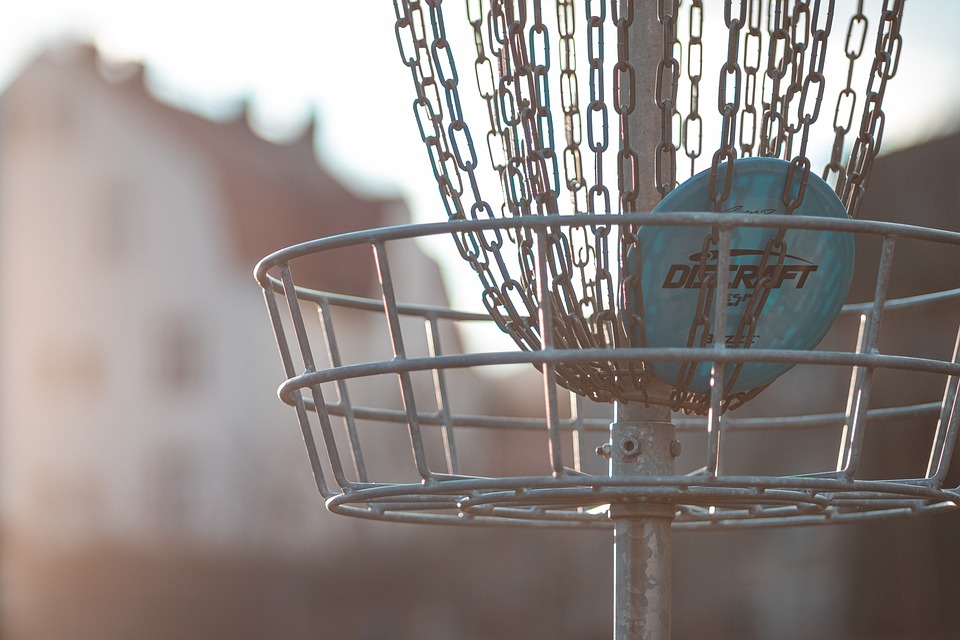Pasadena college student has side career — pro disc golfer
Around the disc golf course links in the Bay Area, there is a story of a teen-age kid a few years ago who would make a throw, run to the spot where the disc landed, throw again and run again. Over and over.
“I was playing at least (five rounds per day) — it’s how I learned,” said the player, Robert Burridge, now 20. “It’s also how my father and I got our exercise. We would run rounds after school and just keep going.”
That work ethic has paid off, as Burridge, a junior kinesiology major at the University of Michigan, recently became a professional disc golfer.
Burridge is a 2019 Clear Lake High School grad and lives in Pasadena’s Brookwood subdivision.
Both of his parents were avid Ultimate Frisbee players, and they urged their son to follow suit. Around 2017, Burridge started working on his disc golf game, hitting multiple courses in the area, including the Kirby Park course in Taylor Lake Village, the former links at 1776 Park in Friendswood and at Jack Brooks Park in Hitchcock.
Prize money and sponsors
After competing at the amateur level for a while, Burridge found himself at a National Amateur Disc Golf Tour (NADGT) event held in Austin Oct. 28-31. His dad, also a Robert, was competing, too.
“I’m the third Robert Burridge in a row, but we all have different middle names,” the younnger Burridge said.
His dad played in the intermediate division. When his run was over, he helped his son.
“For me, having him there was great,” Burridge said. “During the last two rounds I was able to have him caddy for me, and being able to talk the entire time was great. It was a nice experience to have him there with me.”
The younger Burridge’s overall play during the tourney was also a nice experience.
“At the finals, the top amateurs who have not accepted more than $1,000 in cash are still true amateurs, and they can go and play for a large amount of money to get started in the professional division,” he said. “I tied for eighth out of (about 317) people.”
After that, a decision had to be made.
“You got the choice of taking the cash and going pro or taking 75 percent of it in (merchandise) that they were selling and stay amateur for however long you wanted,” Burridge said.
He took the $1,150 prize money; so now he is a professional. Burridge also has picked up some sponsors in Innova Champion Discs and Gorilla Disc Golf.
There is money to be made on the professional tour. Taking first place in a tournament can garner the winner several thousand dollars in prize money. Usually, those placing in the top third will also get some green.
Still focused on college
Although he has joined the professional ranks, Burridge said he has no plans to become a disc golfing road warrior.
“My plan right now is to finish undergrad,” he said. “During summers, I plan on traveling to a few larger tournaments, but I don’t plan on flying to too many places. I plan on playing in big (Michigan area) tournaments instead of flying to California or Portland (Ore.).”
Burridge takes a somewhat low-key approach to competition.
“One of the things that I try to focus on in a tournament is not taking it too seriously, because if you mess up a shot, you are in that ‘I messed up’ mind space for an extra two holes, which can mess you up even more. So, I really try to get into the ‘whatever happens, happens, just do your best shot’ mind space,” he said.
Burridge can make a disc travel a long way.
“I can usually throw further than the people I am playing against,” he said. “My strength is my driving distance. For a drive I am comfortable throwing 475 (feet) accurately.”
Although that is a long, long way, some players chuck it even further.
“There are pros that can throw 550 (feet),” Burridge said. “I can throw that far in a field, but I don’t know how accurately. I can throw 550 with my backhand. About 450 or 475 accurately. With my forehand, it’s about 350 accurately, with a distance up to about 400.”
Although Burridge tries to keep his emotions in check on the course, the ability to be a long driver can be a release.
“I enjoy it because I’ll step up and go, ‘Hmm, I have enough space to just really throw one here,’” he said. “At the NADGT finals, I was coming off of a bad hole, and a few holes later there was a hole where I could just throw as hard as I want as long as I didn’t do anything too stupid, and I think I got 540 off it.
“I was glad that I could release some anger.”
A game of timing and form
At 5-foot-11, Burridge is not a hulking specimen; so his ability to fling a disc comes from other talents.
“It’s a lot of timing as well as form,” he said. “The first thing I tried to learn was form and I’m still working on form (because) if you get into a bad habit it can be really hard to break.
“It’s very important to see it when it first happens and be able to say, ‘I need to fix this, now.’”
His kinesiology studies have helped him work through a problem.
“Recently I was having elbow pains throwing forehands; so I said, ‘what am I doing that generates pain?’” Burridge said. “I was putting a lot of stress on my elbow throwing it more like a baseball.
“When you see pitchers throwing with their side release, they are throwing straight arm with their elbow facing backward. That’s how my forehand looked, and I have to say it was painful.
“So, I’m trying not to focus on power. I’m sacrificing power for health and it may hurt me on limited holes, but if I can stay healthy, that’s all I really care about.”
Burridge has helped other disc golfers.
“When people ask me for advice on how they are throwing something, I almost always say, ‘It should feel like this.’ Not ‘do this,’ but ‘this is what it feels like when I do this.’ Such as when you have torque on your arm and where you should feel that.”
John DeLapp is a freelance writer. He can be contacted at [email protected].








